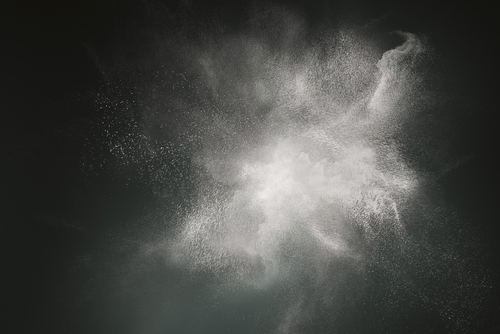OSHA has issued guidance for its inspectors to determine if makers and importers of chemicals have correctly classified products as combustible dust hazards under the revised Hazard Communication (HazCom) Standard (or HCS).
 |
The recent guidance, issued as an interpretation and sent to OSHA regional administrators, affects manufacturers and importers of chemicals (“classifiers”), not users.
In March 2012, OSHA amended its HazCom standard to align with the Globally Harmonized System for the Classification and Labeling of Chemicals (GHS). The final rule did not include a definition of the term “combustible dust.” Instead, OSHA referred to previous guidance provided in its national emphasis program and through voluntary consensus standards.
The hazard communication standard requires classification of chemicals, but it does not require that chemicals be tested to determine how they should be classified. HazCom asks that classifiers consider the hazards of the chemical as it is transported, as well as hazards that would result from normal use and foreseeable emergencies.
Methods for Manufacturers and Importers to Classify Chemicals
One way for classifiers to gain knowledge about a product is through experience. OSHA explains that if the product has been involved in a deflagration or dust explosion, it should be classified as a combustible dust unless the classifier can show that the conditions of the incident were not normal.
Make sure your workplace and your workers are safe from combustible dust hazards. Get the vital safety information you need in a Free Best Practices Report. Find out how to get your copy. Click here.
Absent such knowledge, OSHA offers the following methods for determining if a product presents a combustible dust hazard:
- Laboratory testing. Many voluntary standards recognize ASTM E1226 and ASTM E1515 as reliable means to establish a combustible dust hazard. OSHA’s national emphasis program also describes acceptable testing methods.
- Published test results. The National Fire Protection Association (http://www.NFPA.org) publishes lists of test results for various materials. As well, OSHA has published a list of combustible materials based on information provided by the NFPA. OSHA refers classifiers to other sources for dust explosion characteristics. In the absence of specific product data, OSHA says classifiers may rely on published test data for the classification of dusts if these test data apply to a material similar to the product in question.
- Dust particle size. The NFPA has traditionally defined “combustible dust” as 420 microns or smaller in diameter, and OSHA has used that definition in previous guidance. In the recent memo, OSHA instructs that in the absence of test data, or if the testing is inconclusive, classification may be based on particle size. “If the material will burn and contains a sufficient concentration of particles 420 microns or smaller to create a fire or deflagration hazard, it should be classified as a combustible dust,” the agency explains.
Don’t leave your employees vulnerable to combustible dust explosions. Make sure your workplace is safe. A free Best Practices Report can tell you what you need to do. Find out more
OSHA has instructed enforcement personnel to find out what information classifiers have used to determine a combustible dust hazard. But OSHA adds, “Classifiers may have other reliable methods to establish whether their product does or does not present a combustible hazard in normal conditions of use and foreseeable emergencies.”
